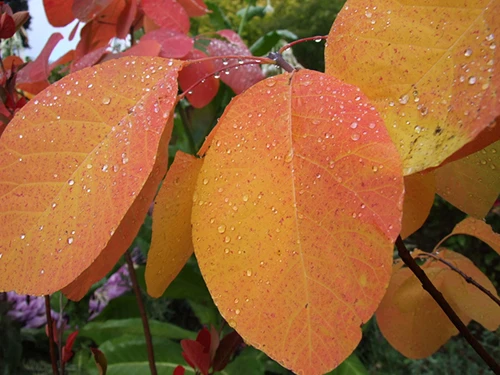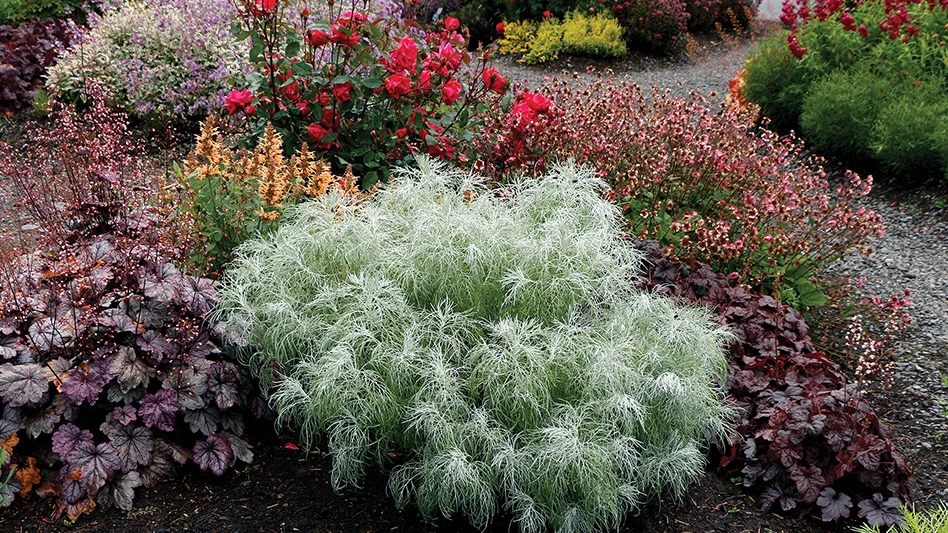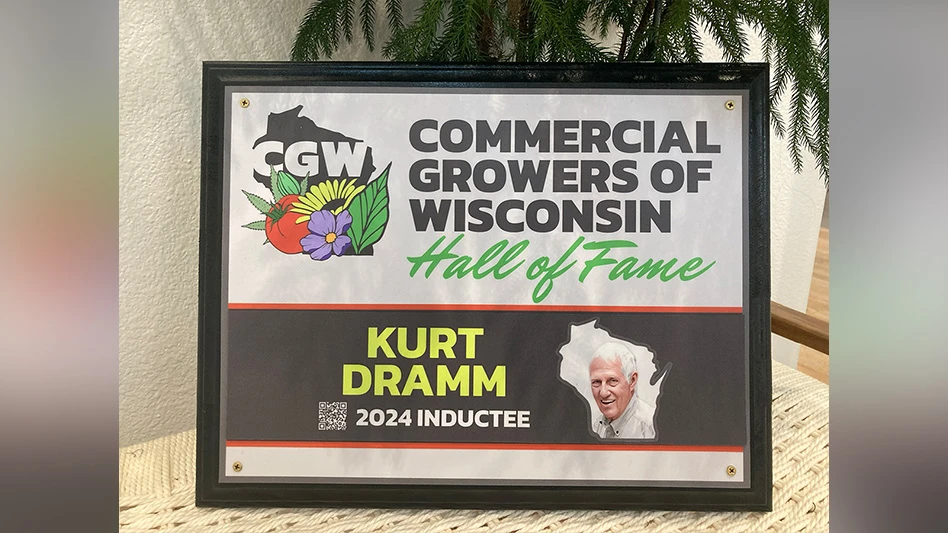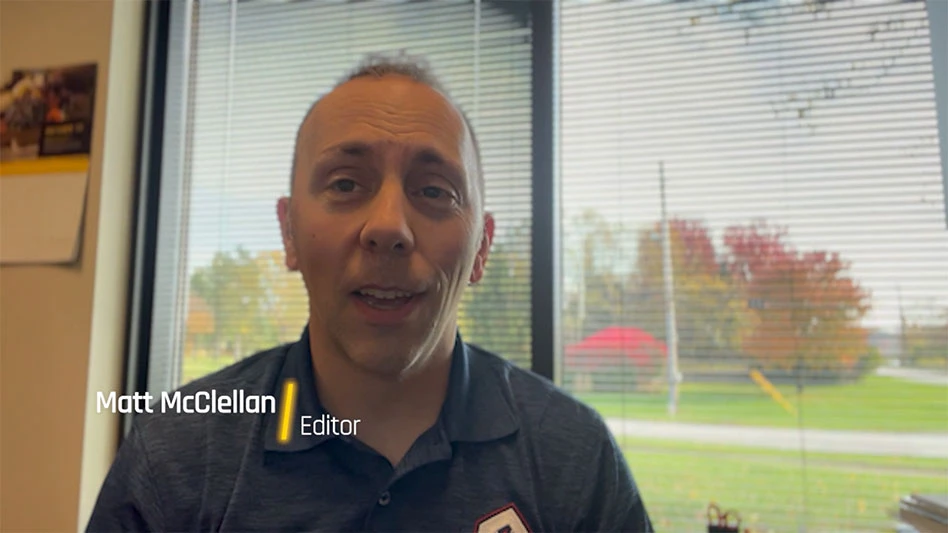
GLENCOE, Ill. -- A Chicago Botanic Garden study evaluating the effects of a warming climate on the region’s urban forest has identified 40 tree varieties likely to thrive in 2050, but predicts other types now flourishing in the area will begin to decline.
The results hold significant implications for municipal planners, city park departments, arborists, landscape designers, growers, nurseries and property owners throughout the upper Midwest, including the urban areas of Detroit, Milwaukee, Minneapolis and St. Louis. The research also underscores the importance of planting a wide variety of trees to ensure plant diversity, and taking the best possible care of existing trees to protect the vital natural resource.
“Sidewalk plantings, parks, schools, cemeteries and public gardens are all important components of Chicago’s urban forest system,” said Dr. Andrew Bell, curator of the Garden’s collection of woody plants. “We wanted to know which of the trees now commonly planted in these areas are likely to thrive in a steadily warming climate. Nobody else had an answer to this question. We’ve found, somewhat to our surprise, that the Ginkgo is likely to be one of the best performers.”
The study, funded with a $120,000-dollar grant from the U.S. Institute of Museum and Library Sciences, evaluated 50 trees now flourishing at the Chicago Botanic Garden. The list represents a diverse spectrum of commonly planted and easy-to-find trees, but is not all-inclusive of suitable trees for a warming urban environment.
Bell evaluated the suitability of these trees under three climate scenarios developed in 2000 by the Intergovernmental Panel on Climate Change. Research assistant Emily Russell, other Garden staff and a student from the Northwestern-Chicago Botanic Garden Graduate Program in Plant Biology & Conservation assisted in the effort. MaxEnt computer models, designed to predict suitable habitats for plant species, projected trees likely to thrive in the Chicago metropolitan area in 2020, 2050 and 2080 using such bioclimatic parameters as rainfall in the driest quarter of the year.
Suitable plants under the “worst-case” climate scenario for 2050 were included in the resulting Chicago Botanic Garden Adaptive Planting List. The Autumn Gold Ginkgo (Ginkgo biloba ‘Autumn Gold’) emerged as one of the best performers, rated as suitable for planting along a street side, in a park or residential setting or as a “legacy tree” in a public garden. Fossil records show that the ginkgo – one of the oldest types of trees – once thrived in North America and Europe, but survived in parts of China.
“The ginkgo is now essentially extinct in the wild and grows almost entirely in cultivated landscapes around the world,” Bell said. “It appears to be one of the best-suited trees for a warming urban environment.”
Legacy trees are expected to live more than 60 years, while trees planted in urban parks and residences live an average of 37 to 60 years. “Street trees” growing in a downtown environment have the shortest life expectancy, 13 years. Other trees likely to thrive in a variety of mid-century urban planting conditions are two types of elms that have shown resistance to Dutch Elm’s Disease, the Valley Forge American Elm (Ulmus americana ‘Valley Forge’) and Accolade Elm (Ulmus ‘Morton Accolade’), and the Village Green Japanese Zelkova (Zelkova serrata ‘Village Green’).
In all, 40 types of trees were rated as suitable for urban parks and residences, 15 for street planting and 11 for legacy trees. Ten of the trees under study – including the shagbark hickory (Carya ovata) and Norway Spruce (Picea abies) – were excluded from the recommended list because they are projected to fare poorly under worst-case warming scenarios. For the complete study results, click go to our Adaptive Planting List webpage. From there you can take a video tour with Dr. Bell and view climate maps of two trees that fared very differently in the study.
“In addition to planting trees that will tolerate climate change it is important to continue our efforts to diversify the urban forest,” Bell said. “Of the 50 different tree species included in the study, 40 appear to possess the ability to weather the effects of climate changes - at least through 2050 - providing a diverse palette for future plantings.”
Plant diversity mitigates the impact of diseases, infestations and environmental assaults on the urban forest by preventing reliance on any single species. The ash tree (Fraxinus) – widely planted to replace trees lost to Dutch elm’s disease – is now the region’s dominant tree species, making up 11 percent of the area’s urban forest. Few ashes are expected to survive the damage caused by emerald ash borer, a pest carried to the U.S. from Asia a decade ago. Municipalities and private property owners can help prevent yet another cycle of drastic tree loss by replacing stricken ashes with a healthy mix of trees.
An increasingly inhospitable environment also makes it ever more critical to provide trees with the best possible care to optimize their chances for survival. See our website for tips on planting, mulching and watering trees.
Many of the trees included in the study are currently growing at the northern edge of their hardiness zone and are likely to fare better in 2020, according to Bell. Climatic suitability begins to decline by 2050, and drops off drastically by 2080.
“Cultivating trees is one of the things we can do to curb climate change,” said Bell, who holds a doctorate in horticultural science and plant pathology. “We should be thinking about what we’re planting today if we want these trees to be around in decades to come.”
Bell shares more of his insights in a related blog post.
Photo: American smoke tree courtesy of Dancing Oaks Nursery
Latest from Nursery Management
- Monarda punctata
- Farm, horticulture industry organizations file lawsuit against U.S. DOL for H-2A rule
- Expenses and challenges
- FMC, Envu complete sale of FMC’s Global Specialty Solutions business
- Registration for International Plant Trialing Conference now open
- USDA Deputy Secretary Xochitl Torres Small visits Dramm Corp.
- 2025 Farwest Show seeking speakers
- Prices and market segments





